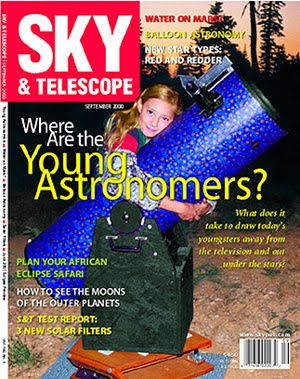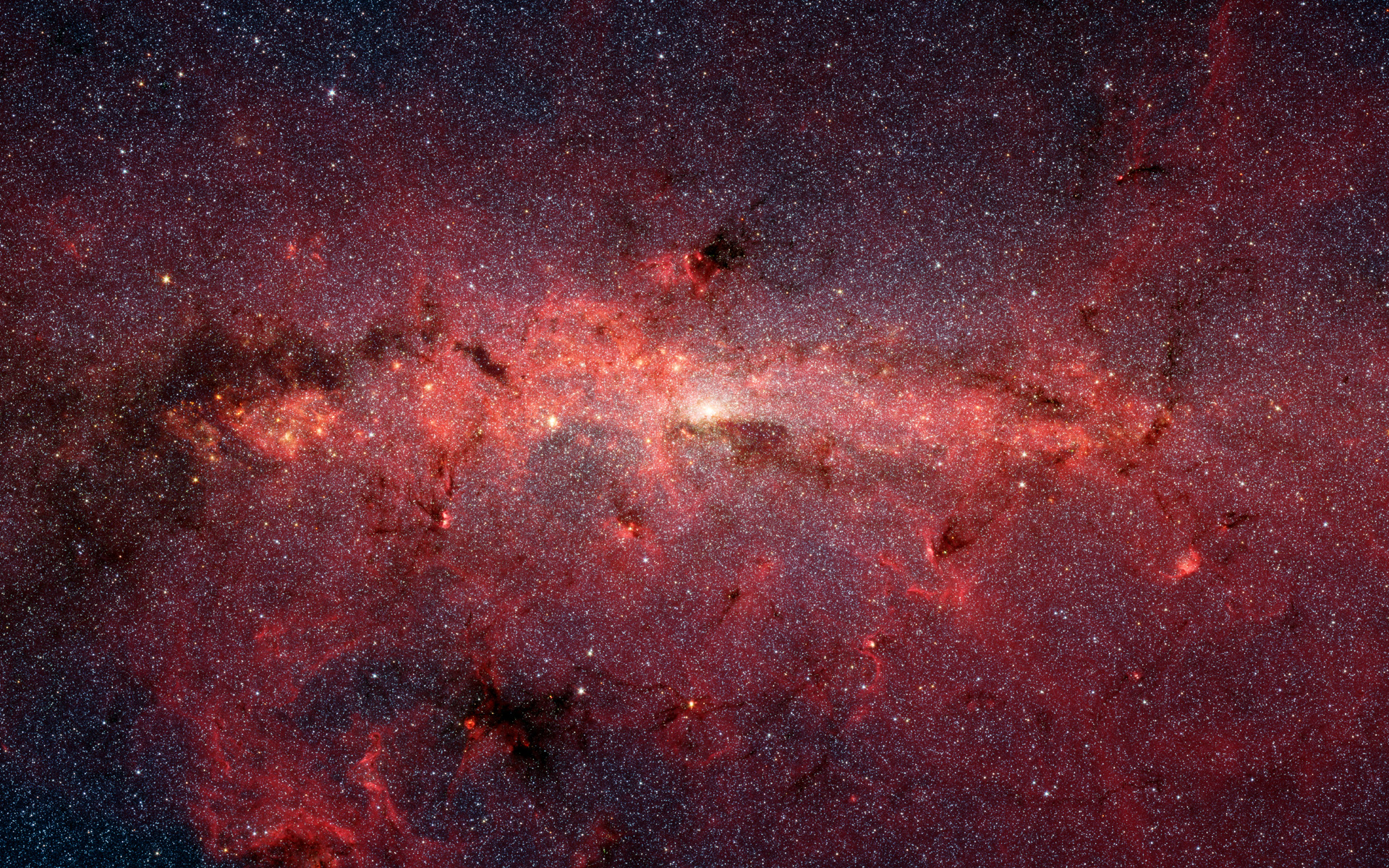From the observing site back to my house in San Jose this morning it took an hour forty five. That's just under an hour additional compared to going to Coe, only 45 minutes longer than the Peak. Its a good hour shorter than any sites across the Central Valley.
The Squirrel Meter (SQRL) showed somthing like 21.53 or 21.58. To me, the old eyeball method placed the darkness at better than the sites in the Sierra Foothills, better than LSA, and approaching Shingletown. Bumpass Hell Lassen is still the winner, but that's almost 5 hours from here.
The road to Willow Springs is nothing more than the drive to Fremont Peak along the highways, then a short shot down 25 from Hollister (you don't have to drive through Hollister) to the turnoff around Tres Pinos on J1. Its a pretty drive. Once off 25 the road is in a valley, I suppose Panoche Valley, I have to look this up to know for sure. River cut alluvial valley, ranches, parks, creek, trees lining the road, old barns, about halfway to the turnoff for Willow Springs the geology changes as the river valley narrows and climbs. Interesting geological formations, some looking quite volcanic, make the drive enjoyable. Not too many twist and turns, just right, really.
Kudos to the organizers of the trip for the explicit directions, as once you turn into Willow Springs, the number of Y splits in the road could have presented some significant problems. Some parts of the road are a bit steep uphill, but I don't think anyone had a real problem. I put my truck into 4WD and had a blast, especially on the drive back down when you don't worry about turns, you just keep heading downhill till you're back at the J1.
I had for years wondered about the area. If I understood correctly, the J1 continues past Willow Springs to Mercy Hot Springs, on the eastern slope of the mountain range. It was good to finally see what the location had to offer.
If this site becomes an SJAA observing site, I'd encourage those of you who use Fremont Peak and Henry Coe to support the SJAA and use the site, its well worth the drive, and honestly, does not feel like that much longer a trip. The elevation, around 3,000 feet, the darkness, and the southern horizons make this potentially a premier observing location.
As for observing itself, as twilight darkened, many of us enjoyed very steady and detailed views of Jupiter and Saturn. I was using my 10" f/5.7 CPT with a nice Royce Primary. With a 7mm eyepiece, the views were outstanding. The GRS was approaching the leading limb, and strangely seemed bifurcated, I referred to its appearance and Red Spot Mitosis. The banding on the big planet was rich and sharp. The observing site shows it is potentially a very good planetary location. Once it was dark, I switched to my 18" f/4.5 Obsession and hunted down numerous dim galaxies in Virgo. It was chilly, but I had adequate clothing to be comfortable... I used hand and toe warmers to keep the extremities from chilling. Finally, about 1 a.m. some clouds moved in and the RH shot up, dewing everyone out from what I could tell. I chatted with friends for a while, tried the 100mm Miyauchi binos, but those were dewed too. I crawled into the sack around 2 a.m.
Next morning Joe Bob told me the dew dried out shortly after I crashed. But for me, Virgo was heading down by then, and that's my area of interest right now.
I will also say the wind was no factor at all during the night. I should also note the view across the wide valley in the glow of sunset is quite spectacular. The quiet, the openness, being truly away from it all was a great prelude to a very good night.
I'm looking forward to my next trip there. Thanks again to the Bob, the property owner, and Rob and Craig who did such a bang-up job getting all the arrangements made for the night to be a real success.












No comments:
Post a Comment